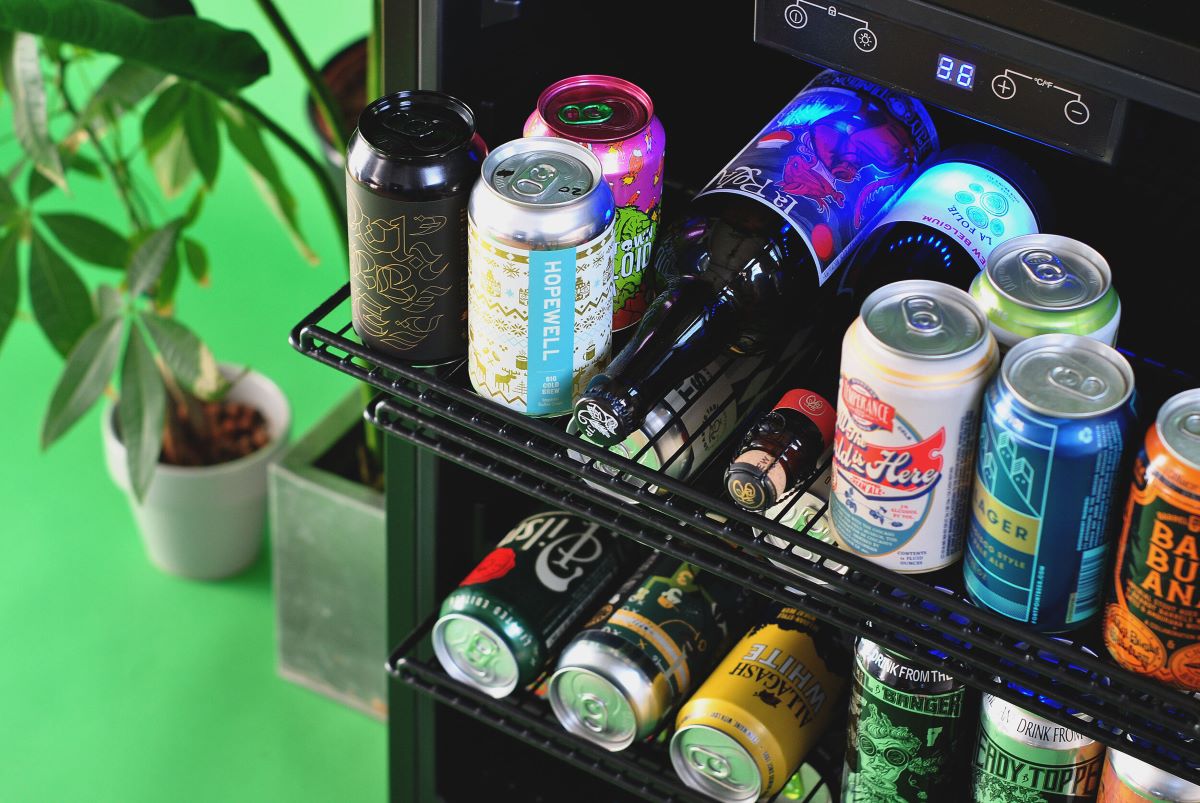

Articles
How To Store Beer
Modified: January 8, 2024
Discover expert articles on how to store beer properly, ensuring optimal flavor and quality. Learn essential tips and techniques for preserving your favorite brews.
(Many of the links in this article redirect to a specific reviewed product. Your purchase of these products through affiliate links helps to generate commission for Storables.com, at no extra cost. Learn more)
Introduction
Beer is a beloved beverage enjoyed by millions of people around the world. Whether you’re a casual beer drinker or a passionate beer connoisseur, proper beer storage is essential to preserve the quality, flavor, and freshness of your favorite brews. Storing beer correctly can also help prevent spoilage and extend its shelf life.
In this article, we will dive into the world of beer storage and explore the factors that can affect its longevity. We will also provide you with useful tips and techniques to ensure that your beer remains in optimal condition. Whether you have a small collection of craft beers or are looking to start your own beer cellar, this guide will help you become a master at storing beer.
Before we delve into the specifics of beer storage, it’s important to understand that not all beers are created equal. Different styles of beer have different characteristics and flavors, which can influence how they should be stored. It’s essential to consider these factors when deciding on the best storage conditions for your beer.
So, whether you prefer lagers, ales, stouts, or IPAs, let’s explore the world of beer storage together and learn how to properly care for your favorite brews.
Key Takeaways:
- Proper beer storage is crucial for preserving flavor and quality. Factors like temperature, light exposure, and humidity play a key role in maintaining the freshness of your favorite brews.
- Organizing and handling opened beer correctly is essential. By following proper storage techniques, you can ensure that each bottle delivers an enjoyable drinking experience.
Read more: How Cold Will A Beverage Air Kegerator Get
Understanding Beer Storage
Beer storage involves more than just keeping bottles in a cool place. To truly appreciate the complexity and nuances of beer, it’s important to understand how storage conditions can impact its taste, aroma, and overall quality.
One of the key factors to consider is the aging process of beer. Unlike wine, which can improve with age, most beers are best enjoyed fresh. Over time, beer can undergo changes in flavor, often referred to as “off-flavors.” This is caused by various factors, such as oxidation, temperature fluctuations, exposure to light, and bacterial contamination.
However, there are certain beer styles, such as Belgian strong ales, barleywines, and certain types of sour beers, that can benefit from aging. These beers often have higher alcohol content and more robust flavors, allowing them to develop and mellow with time. It’s important to research the specific beer style before deciding whether to age it or consume it fresh.
Another aspect to consider is the type of packaging. Beer can be stored in bottles, cans, or kegs, each with its own advantages and considerations. Bottles are the most common form of packaging and can be found in various sizes and formats. They provide a sealed environment that helps preserve the beer’s freshness and carbonation. Canned beer, on the other hand, offers better protection against light and oxygen, which can degrade the beer’s quality. Kegs are commonly used for draft beer and are typically stored in refrigerated systems to maintain optimal conditions.
Overall, beer storage is about creating an environment that minimizes factors that can negatively impact its quality. This includes controlling temperature, light exposure, humidity, and maintaining proper ventilation. By understanding the principles of beer storage, you can ensure that each beer you open delivers the best taste experience possible.
Factors Affecting Beer Storage
When it comes to beer storage, several factors can significantly impact the flavor, aroma, and overall quality of the brew. It’s important to be aware of these factors to ensure that you store your beer in the optimal conditions. Let’s take a closer look at the key elements that can affect beer storage:
Temperature: Temperature is one of the most critical factors in storing beer. Fluctuations in temperature can lead to off-flavors and spoilage. It’s generally recommended to store beer at a consistent temperature between 40°F (4°C) and 55°F (13°C). Avoid extreme temperature changes, as these can cause the beer to expand and contract, potentially leading to the leakage of carbonation and the degradation of flavors.
Light exposure: Light, especially ultraviolet (UV) light, can be harmful to beer. When beer is exposed to UV rays, it can become “light-struck” or develop a skunky aroma. Dark or opaque bottles offer better protection against light penetration compared to clear or green bottles. If storing beer in clear or green bottles, it’s advisable to keep them in a dark or cool place to minimize light exposure.
Humidity: High humidity levels can promote the growth of mold and mildew, which can contaminate beer labels or even affect the seal of the bottles. It’s important to store beer in an area with moderate humidity levels to prevent damage to the packaging and potential spoilage of the beer.
Ventilation: Adequate ventilation is crucial to prevent stagnant air and the buildup of odors in the storage area. Proper airflow helps maintain a fresh environment and prevents any musty or funky smells from permeating the beer.
Proximity to strong odors: Avoid storing beer near strong-smelling substances, such as cleaning products, detergents, or highly aromatic foods. Beer is a porous material and can absorb odors easily, which can alter its flavor profile.
Duration of storage: The length of time that beer is stored can also impact its quality. While some beer styles are best enjoyed fresh, others can benefit from aging. It’s important to research the specific beer style and follow the recommended storage guidelines to ensure optimal flavor development.
By taking these factors into account, you can create an environment that preserves the flavor and integrity of your beer collection. In the next section, we will explore proper beer storage techniques to help you maintain the quality of your brews.
Proper Beer Storage Techniques
To ensure that your beer remains fresh and flavorful, it’s important to employ proper storage techniques. Whether you have a small beer collection or a dedicated beer cellar, here are some tips to help you store your beer effectively:
1. Choose the right storage area: Look for a cool, dark, and dry space to store your beer. Basements, cellars, or dedicated refrigerators are ideal options. Avoid areas that are subject to temperature fluctuations or receive direct sunlight, as these can negatively affect the beer.
2. Control the temperature: As mentioned earlier, maintaining a consistent temperature is crucial. Aim for a temperature between 40°F (4°C) and 55°F (13°C). Use a thermometer to monitor the temperature and make adjustments if necessary.
3. Avoid light exposure: Keep your beer away from direct sunlight or any sources of UV light. If storing beer in clear or green bottles, consider wrapping them in a dark cloth or paper to provide additional protection against light exposure.
4. Manage humidity levels: Aim for a moderate humidity level between 30% and 50%. Excessive humidity can lead to mold growth, while low humidity can dry out the beer’s packaging. Use a dehumidifier or humidifier if needed to maintain the appropriate humidity range.
5. Organize your beer inventory: Implement a system to keep track of your beer collection. Label and date your beers to ensure that you consume them in the proper order. Consider using shelving or storage racks to keep your beers organized and easily accessible.
6. Ensure proper ventilation: Good airflow is essential to prevent any stale or musty odors from accumulating. Use fans or open windows periodically to keep the air circulating in the storage area.
7. Handle and store opened beer properly: If you have opened beers that you want to store for a short period, reclose them tightly with their original caps or use an airtight bottle stopper. Store them upright to minimize the risk of leaks and maintain carbonation.
8. Avoid temperature shock: If you plan to drink a beer that has been stored at a lower temperature, allow it to warm gradually before consuming. Sudden temperature changes can affect flavor and carbonation levels.
By following these proper beer storage techniques, you can extend the shelf life of your beer and ensure that each bottle delivers the best taste experience possible. In the next section, we will explore the importance of choosing the right storage area for your beer collection.
Choosing the Right Storage Area
When it comes to storing beer, selecting the right storage area is crucial to maintaining the quality and taste of your brews. The storage environment plays a significant role in preserving the freshness and flavors of the beer. Here are some factors to consider when choosing the ideal storage area:
1. Temperature control: Look for a storage area that allows you to control and maintain a consistent temperature. The temperature range should be between 40°F (4°C) and 55°F (13°C). Avoid areas with extreme temperature fluctuations, such as garages or sheds, as these can negatively impact the beer’s taste and carbonation levels.
2. Darkness: Beer is sensitive to light, especially UV rays. Exposure to light can cause beer to become light-struck, resulting in off-flavors and a skunky aroma. Choose a storage area that is shielded from direct sunlight or has minimal lighting. If storing beer in clear or green bottles, consider using opaque containers or wrapping the bottles in dark materials to provide extra protection against light exposure.
3. Humidity levels: Optimal humidity levels can help prevent the growth of mold and maintain the integrity of the beer labels and packaging. Aim for a humidity range between 30% and 50%. Too much humidity can promote mold growth, while too little can cause labels to dry out or peel. Use a hygrometer or humidity indicator to monitor and control the humidity levels in your chosen storage area.
4. Stability and vibration: Beer should be stored in a stable environment where it will not be subjected to excessive movement or vibration, as this can disturb the sediment and affect its overall quality. Avoid storing beer near heavy machinery or areas with frequent vibrations.
5. Adequate space: Ensure that your chosen storage area has enough space to accommodate your current and future beer collection. Whether you’re storing bottles, cans, or kegs, make sure there’s sufficient room to organize them properly without overcrowding.
6. Ventilation: Proper airflow and ventilation are essential to maintain a fresh environment and prevent any musty odors from building up. Ensure that the storage area has adequate ventilation or consider using fans or open windows periodically to keep air circulating.
7. Accessibility: Make sure that your chosen storage area is easily accessible so that you can conveniently retrieve and organize your beer collection. Consider using shelving or storage racks to maximize space and keep your beers organized.
By considering these factors when selecting a storage area for your beer collection, you can create an environment that promotes optimal beer storage conditions. In the next section, we will explore the importance of temperature control in beer storage.
Read more: How Does A Mini Kegerator Work
Temperature Control
Temperature control is a critical aspect of proper beer storage. The temperature at which beer is stored can significantly impact its flavor, aroma, and overall quality. To ensure that your beer remains in optimal condition, it’s important to understand the role of temperature and how to control it effectively.
Fluctuating temperatures can cause chemical reactions within the beer, leading to off-flavors and spoilage. Storing beer at excessively high temperatures can accelerate the aging process, resulting in a flat and stale taste. On the other hand, storing beer at very low temperatures can slow down the beer’s maturation and affect carbonation levels.
The ideal temperature range for beer storage is typically between 40°F (4°C) and 55°F (13°C). Within this range, beer can maintain its freshness, flavors, and carbonation levels. It’s important to note that different beer styles may have their own recommended storage temperatures, so it’s worth researching the specific style you are storing.
Here are some tips for controlling temperature in your beer storage area:
1. Choose a suitable storage location: Select a location that allows you to maintain a consistent temperature within the desired range. Basements, cellars, or dedicated refrigerators are often ideal options since they naturally provide cooler and more stable conditions compared to other areas of the home.
2. Use a thermometer: Place a thermometer in your storage area to monitor the temperature regularly. This will help you identify any fluctuations and make necessary adjustments to maintain the desired range.
3. Avoid extreme temperature changes: Rapid temperature changes can be detrimental to beer. Avoid placing beer in areas that experience significant temperature fluctuations, such as garages or near heating vents. Gradual changes are more favorable to preserving the beer’s quality.
4. Refrigerate if necessary: In warmer climates or during hot summer months, using a dedicated beer refrigerator or cooler can help maintain the desired storage temperature. These appliances are designed to provide consistent cooling and can be set to the appropriate temperature.
5. Insulate your storage area: If your chosen storage area is not naturally temperature-controlled, consider adding insulation to help maintain a more stable temperature. This can involve sealing windows, insulating walls, or using weatherstripping to prevent temperature fluctuations.
6. Monitor and adjust as needed: Regularly check the temperature in your storage area and make adjustments as necessary. Be aware of any external factors, such as seasonal temperature changes or the temperature of nearby appliances, that may affect the storage conditions.
By implementing these temperature control techniques, you can ensure that your beer remains in optimal condition throughout its storage period. In the next section, we will discuss another critical factor in beer storage: avoiding light exposure.
Store beer in a cool, dark place to prevent it from spoiling. Keep it away from direct sunlight and temperature fluctuations to maintain its flavor and quality.
Avoiding Light Exposure
Light exposure is one of the primary factors that can negatively affect the quality and taste of beer. Ultraviolet (UV) light, particularly from the sun and some artificial sources, can interact with certain compounds in beer, resulting in a chemical reaction known as “skunking.” This reaction produces a distinct and unpleasant off-flavor, similar to that of a skunk’s spray.
To protect your beer from light exposure and preserve its flavor, it’s important to take precautions when storing and displaying your collection. Here are some tips to help you avoid light exposure:
1. Choose dark or opaque bottles: Clear or green glass bottles are more susceptible to light penetration compared to brown or dark-colored glass bottles. When purchasing beer, opt for ones packaged in brown bottles whenever possible. Dark glass bottles provide better protection against UV rays, helping to preserve the beer’s quality. Be aware that cans also offer excellent protection against light, as they are completely opaque.
2. Store beer in a dark area: When storing your beer collection, select a location that is shielded from direct sunlight and artificial light sources, such as fluorescent lights or LED bulbs. Sunlight can particularly be harmful, so choose a spot away from windows or use shades or curtains to block out light.
3. Consider using storage containers: If your chosen storage area doesn’t provide adequate protection against light, you may want to consider using opaque storage containers or boxes to shield the beer bottles from any potential light exposure. This additional layer of protection can help maintain the beer’s freshness and flavor.
4. Use dark wraps or towels: If you have clear or green glass bottles in your collection that cannot be transferred to brown or opaque containers, wrap the bottles in dark materials such as towels or cloth. This can help provide some protection against light exposure, especially if the storage area is not completely dark.
5. Limit display time: If you choose to display your beer collection, limit the exposure time to minimize the risk of light exposure. Consider showcasing your collection in a cool, dimly lit area or invest in a display case with built-in UV protection or tinted glass.
6. Purchase fresh beer: When buying beer, check the expiration dates and opt for fresher batches. This ensures that the beer has spent less time exposed to light, especially if it was stored on retail shelves.
7. Properly seal beer containers: Ensure that all beer containers, whether bottles or cans, are properly sealed to prevent any light from entering. Check for any damage or leaks in the packaging, as these might compromise the beer’s quality and increase the risk of light exposure.
By taking these precautions and avoiding light exposure, you can maintain the taste, aroma, and quality of your beer collection. In the next section, we will explore the importance of managing humidity levels in beer storage.
Managing Humidity Levels
Humidity levels play a crucial role in the proper storage of beer. While moderate humidity is generally preferred, excessive or low humidity can both have adverse effects on the quality of the beer. Properly managing humidity levels can help prevent issues such as label damage, mold growth, and degradation of the beer’s overall flavor. Here are some tips for maintaining optimal humidity levels in your beer storage area:
1. Understand the ideal humidity range: Aim to keep the humidity level in your beer storage area between 30% and 50%. This range helps prevent the growth of mold while maintaining the integrity of the beer labels and packaging.
2. Use a hygrometer: Invest in a hygrometer, a device that measures humidity levels. Place it in your storage area and monitor the readings regularly to ensure they stay within the recommended range. This will help you identify any excessive or low humidity conditions and take appropriate measures.
3. Control moisture sources: If your storage area has excessive moisture, identify and address the sources. Leaks, condensation, or high moisture levels in the surrounding environment can contribute to elevated humidity. Fix any leaks and use dehumidifiers or fans to help dry out the area if necessary.
4. Use a dehumidifier or humidifier: Depending on your specific needs, you may need to adjust the humidity levels in your storage area. If the humidity is consistently high, consider using a dehumidifier to extract excess moisture from the air. On the other hand, if the humidity is consistently low, a humidifier can help introduce moisture into the environment.
5. Avoid direct water exposure: Ensure that your beer bottles or cans are not subjected to direct contact with water or excessive moisture. Water can degrade labels and compromise the integrity of the beer’s packaging. Store your beer in a location where water leaks or spills are unlikely to occur.
6. Maintain proper ventilation: Good airflow and ventilation are important for optimal humidity control. Ensure that your storage area has adequate ventilation, as stagnant air can create a humid environment that promotes mold growth. Use fans or open windows periodically to keep the air circulating.
7. Optimize temperature-humidity balance: The relationship between temperature and humidity is interconnected. Cooler temperatures can often lead to higher humidity, while warmer temperatures tend to lower humidity. Regularly check both temperature and humidity levels to maintain a balance that is within the recommended range.
By managing humidity levels effectively, you can help preserve the quality and longevity of your beer collection. In the next section, we will discuss the importance of organizing your beer inventory to ensure easy access and proper rotation.
Organizing Beer Inventory
Organizing your beer inventory is essential for easy access, proper rotation, and maintaining the overall quality of your collection. Whether you have a few bottles or a vast assortment of brews, implementing a system for organizing your beer can make it more enjoyable to curate, share, and enjoy your favorite beers. Here are some tips for effectively organizing your beer inventory:
1. Categorize by style or type: Start by categorizing your beer collection based on styles or types. This can include categories such as lagers, ales, stouts, IPAs, or specific beer styles, like Belgian ales or sour beers. By grouping them together, you can easily find and select a beer based on your mood or preference.
2. Label and date your beers: To ensure proper rotation and prevent any beers from becoming outdated, label each beer with its name, date of purchase, or expiration date if available. This will help you keep track of how long each beer has been in your collection and ensure that you consume them in a timely manner.
3. Consider a shelving system: Investing in sturdy shelving or storage racks can help maximize space and keep your beers organized. Arrange the beers in a way that allows you to easily view and access each bottle or can without disturbing the rest of the inventory. Consider using dividers or separators to create sections for different styles or types of beers.
4. Prioritize accessibility: When organizing your beer collection, keep in mind the beers that you plan to consume in the near future. Place those beers within easy reach, so you don’t have to disturb the entire inventory when you want to enjoy a specific brew. This also facilitates proper rotation, ensuring that older beers are consumed before newer ones.
5. Utilize cellar management apps or software: If you have a sizable beer collection, consider using cellar management apps or software to digitally catalog and track your inventory. These tools typically allow you to input details about each beer, including style, date acquired, and tasting notes. They can also send reminders about beer expirations or suggest beers to try based on your preferences.
6. Regularly assess and update your inventory: Periodically review your beer inventory to reassess which beers you still enjoy or wish to keep. This is an opportune time to swap out beers that are nearing their expiration dates or to discover new styles and flavors you’d like to add to your collection.
7. Keep an inventory list: Maintain an updated inventory list of the beers in your collection. This can be in a simple spreadsheet or a note-taking app. Include details such as the beer name, style, date acquired, and any additional notes you may have. This list will serve as a quick reference when deciding which beer to choose or determining what beers you may need to restock.
By implementing these organizing techniques, you can ensure that your beer inventory is well-maintained, easily accessible, and continuously enjoyed. In the next section, we will discuss the importance of ensuring proper ventilation in your beer storage area.
Read more: How To Make A Kegerator Out Of A Cooler
Ensuring Proper Ventilation
Proper ventilation is a crucial aspect of beer storage that often gets overlooked. Good airflow and ventilation in your beer storage area help maintain a fresh environment, prevent the buildup of odors, and ensure the overall quality of your brews. Here are some tips to ensure proper ventilation in your beer storage area:
1. Maintain airflow: Stagnant air can create an environment susceptible to mold growth, musty odors, and even potential off-flavors in the beer. Ensure that your storage area has proper airflow to prevent any lingering or stagnant air. Use fans or open windows periodically to promote air circulation.
2. Avoid storing near strong odors: Keep your beer away from areas with strong odors, such as cleaning supplies, chemicals, or aromatic foods. Beer is porous and can easily absorb odors. Storing beer in close proximity to strong-smelling substances can affect its taste, aroma, and overall quality.
3. Consider ventilation options: If your beer storage area lacks natural ventilation, you can install vents or exhaust fans to enhance air circulation. This will help eliminate any stale or musty odors and refresh the air in the space.
4. Use air filters: If your storage area is prone to dust or other airborne particles, consider using air filters or purifiers. These devices can help remove impurities from the air, ensuring cleaner and fresher storage conditions for your beer.
5. Regularly clean and maintain the storage area: Keep your storage area clean and free from dust, dirt, and debris. Regularly sweep or vacuum the area and wipe down any surfaces to prevent the buildup of particles that could affect the quality of your beer.
6. Monitor humidity levels: Proper ventilation goes hand in hand with managing humidity levels. Ensure that the storage area has moderate humidity between 30% and 50% to prevent excessive moisture that can lead to mold growth. Use a hygrometer to monitor humidity levels and adjust ventilation settings accordingly.
7. Avoid overcrowding: Overcrowding your beer storage area can impede airflow and hinder proper ventilation. Allow space between bottles and cans to ensure adequate ventilation and access. This also makes it easier to spot any potential issues, such as leaking bottles or signs of spoilage.
By implementing these ventilation practices, you can keep your beer storage area fresh, minimize the risk of off-flavors, and create an inviting environment for your beer collection. In the final section, we will discuss the importance of handling and storing opened beer properly.
Handling and Storing Opened Beer
Once you’ve opened a beer, it’s important to handle and store it properly to maintain its flavor, carbonation, and overall quality. Improper handling and storage can lead to premature spoilage and a less enjoyable drinking experience. Here are some tips for handling and storing opened beer:
1. Reclose the bottle tightly: After opening a beer, make sure to reclose the bottle tightly to prevent carbonation loss and oxidation. Use the original cap or invest in quality airtight bottle stoppers to maintain the freshness and carbonation of the beer.
2. Store upright: When storing opened beer, it’s best to store it in an upright position. This helps minimize the risk of leakage and ensures that all remaining carbonation is retained within the bottle. Storing the beer upright also prevents any potential interaction between the beer and the cap liner, which could affect the taste and aroma.
3. Keep in the refrigerator: Opened beer should be stored in the refrigerator if it won’t be consumed immediately. The cool temperature slows down the oxidation process and helps preserve the flavors of the beer. Be aware that extended exposure to warm temperatures can accelerate the aging and spoilage of the beer.
4. Consume within a few days: While unopened beers can have a longer shelf life, opened beers should typically be consumed within a few days. As time passes, the beer may lose its carbonation and freshness, impacting its taste and quality. To fully enjoy the flavors and aromas of the beer, it’s best to consume it as soon as possible after opening.
5. Avoid temperature fluctuations: Try to minimize temperature fluctuations for opened beer, as these can affect the beer’s flavor and carbonation. Keep the beer stored in a temperature-controlled environment, such as a refrigerator, rather than exposing it to fluctuating room temperatures or leaving it out in direct sunlight.
6. Consider ressealing options: If you plan to store opened beer for a longer period, consider investing in specialty ressealing systems that help maintain carbonation and extend the shelf life of the beer. These systems often utilize pressurized caps or vacuum-sealing techniques, preventing the beer from going flat or oxidizing quickly.
7. Label and date: To keep track of opened beers, label them with the date they were opened. This helps you easily identify which beers should be consumed first to prevent any potential spoilage or degradation in taste. It’s also helpful to keep a beer journal or digital record of your opened beers, noting any tasting observations or preferences.
By following these tips for handling and storing opened beer, you can ensure that each bottle remains fresh and enjoyable for as long as possible. Lastly, let’s conclude our article and summarize the importance of proper beer storage techniques.
Conclusion
Proper beer storage is essential for preserving the quality, flavor, and overall enjoyment of your favorite brews. By understanding the factors that can affect beer storage and employing the right techniques, you can ensure that each beer you open delivers a delightful drinking experience.
Throughout this article, we have explored various aspects of beer storage, including the impact of temperature, light exposure, humidity levels, and ventilation. We’ve learned that maintaining a consistent temperature between 40°F (4°C) and 55°F (13°C), avoiding direct light exposure, managing humidity levels between 30% and 50%, and ensuring proper ventilation are key factors in preserving the freshness and flavors of beer.
Organizing your beer inventory, handling and storing opened beer correctly, and paying attention to expiration dates are also essential for a well-maintained collection. By implementing these practices, you can enjoy your beer at its optimal quality, whether you have a small home collection or a dedicated beer cellar.
Remember, beer is a dynamic and diverse beverage, and different styles may require special considerations regarding aging, packaging, and storage conditions. Researching and understanding the specific characteristics of different beer styles will further enhance your ability to store and enjoy them to their fullest extent.
So, whether you’re a casual beer enthusiast or a passionate beer connoisseur, applying these proper beer storage techniques will help you savor the flavors, preserve the carbonation, and ultimately elevate your beer-drinking experience.
Cheers to storing your beer in the best possible way and enjoying every sip of your favorite brews!
Frequently Asked Questions about How To Store Beer
Was this page helpful?
At Storables.com, we guarantee accurate and reliable information. Our content, validated by Expert Board Contributors, is crafted following stringent Editorial Policies. We're committed to providing you with well-researched, expert-backed insights for all your informational needs.

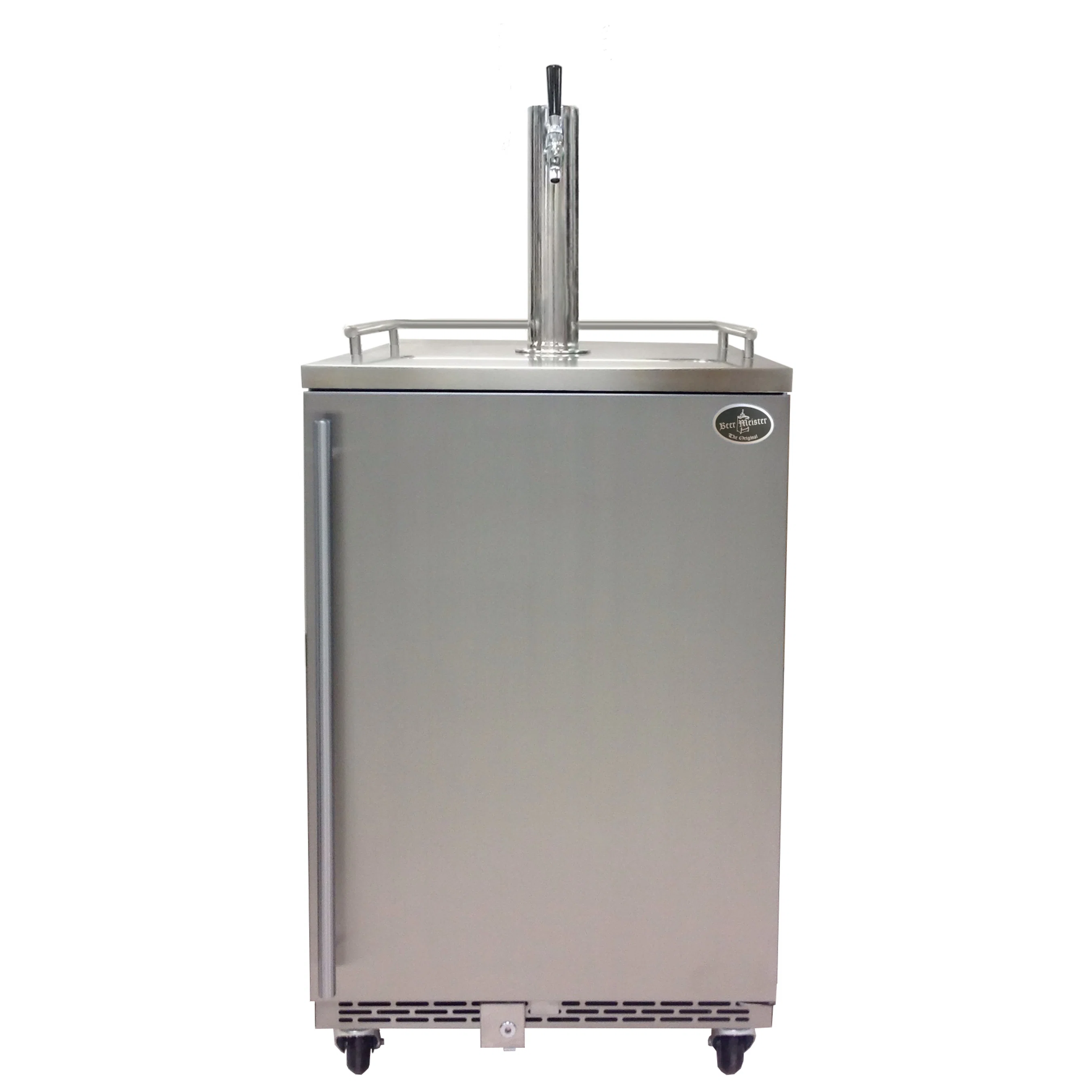
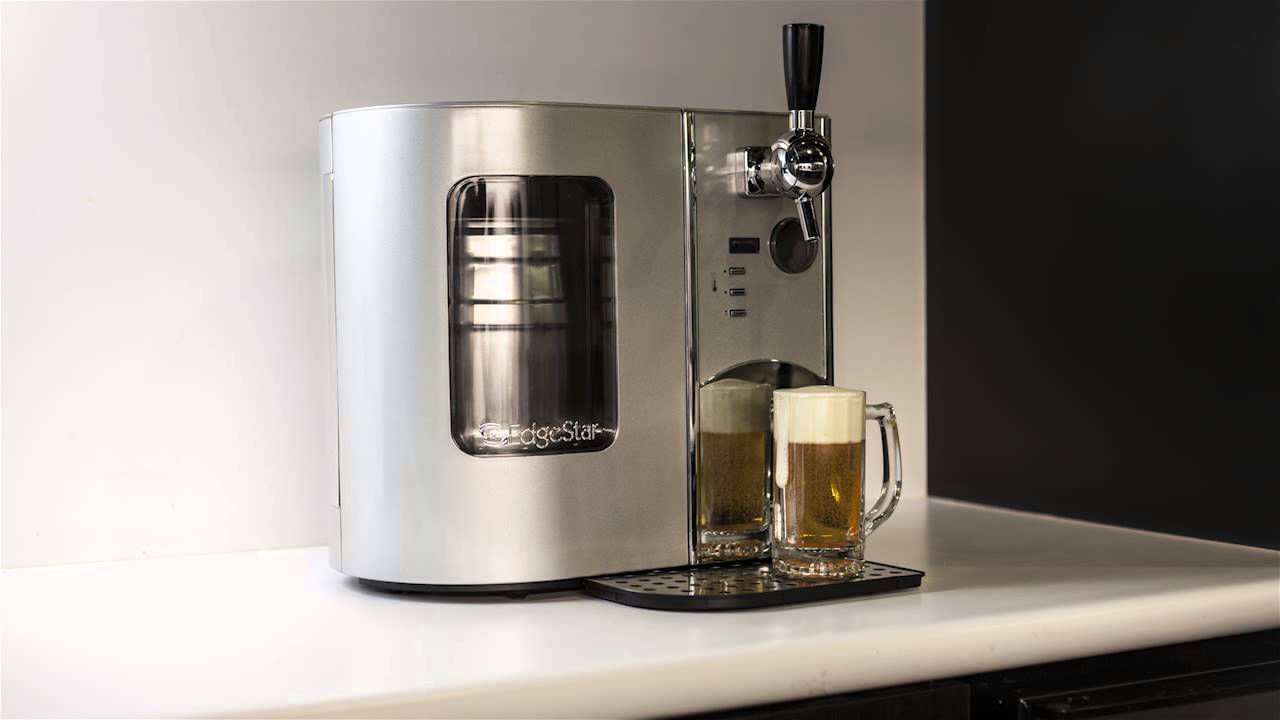
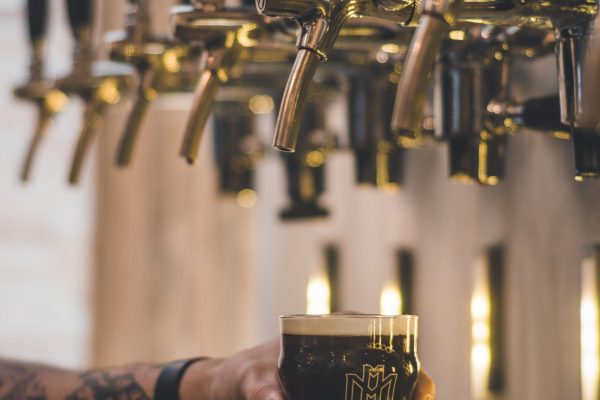
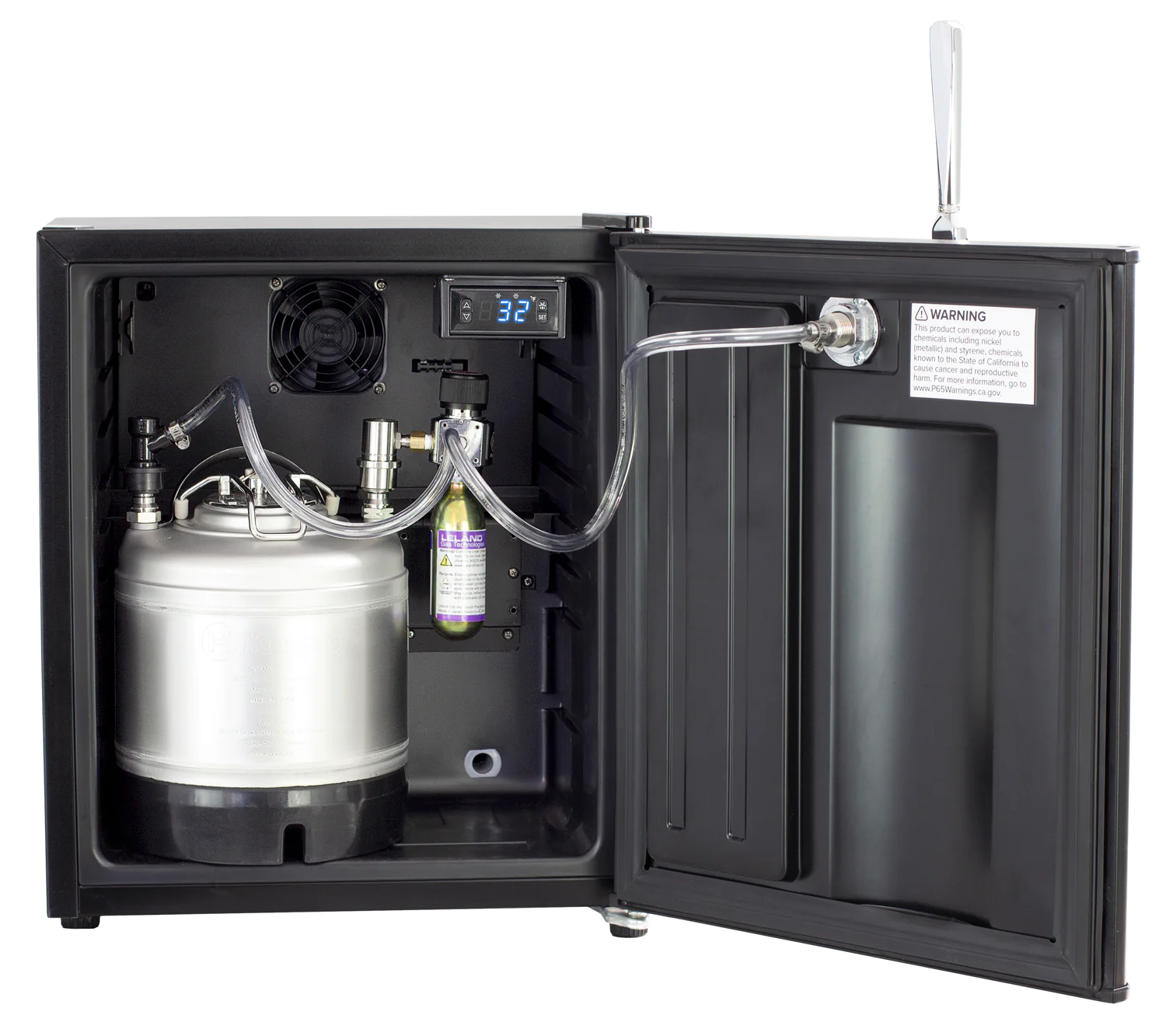
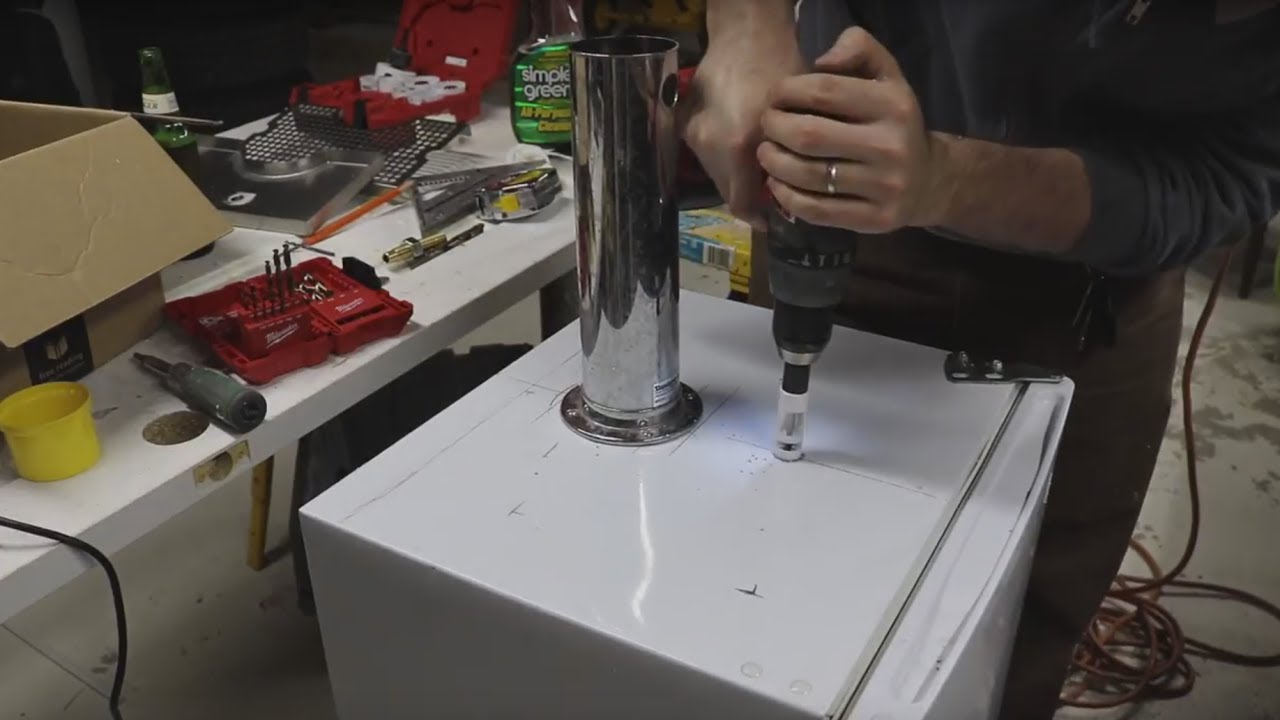
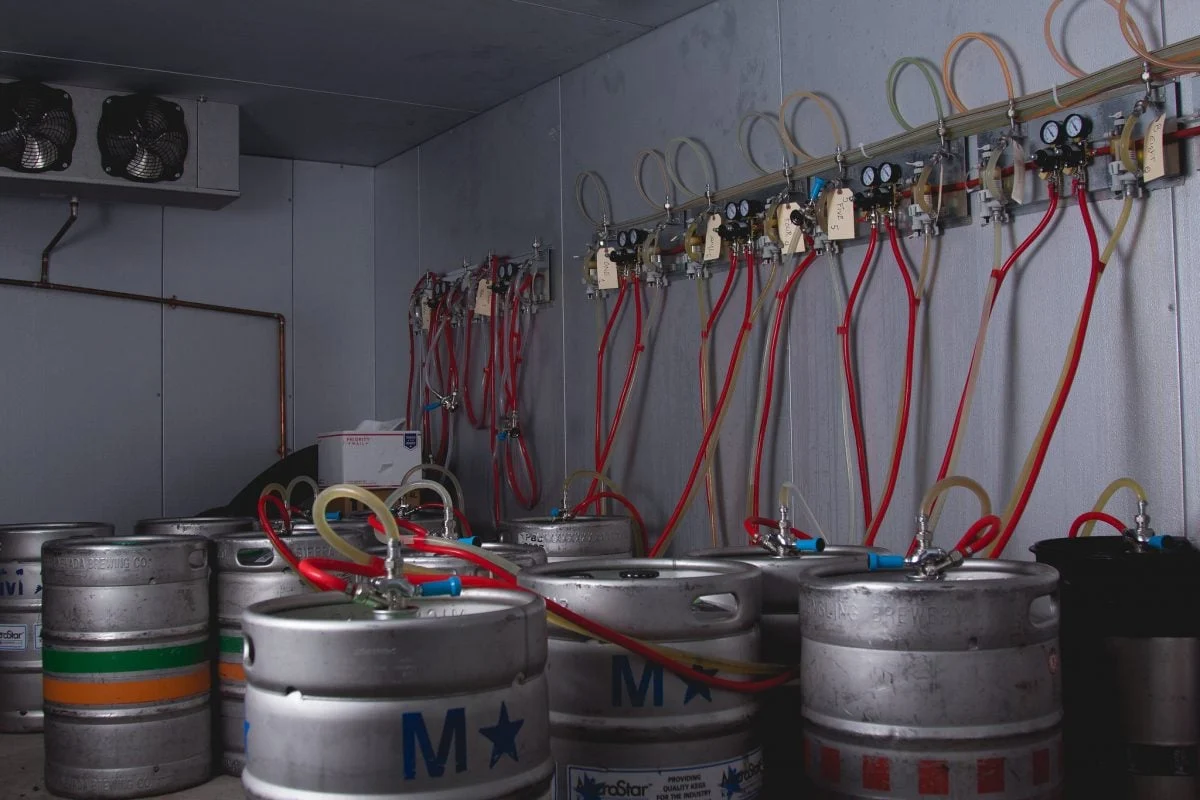
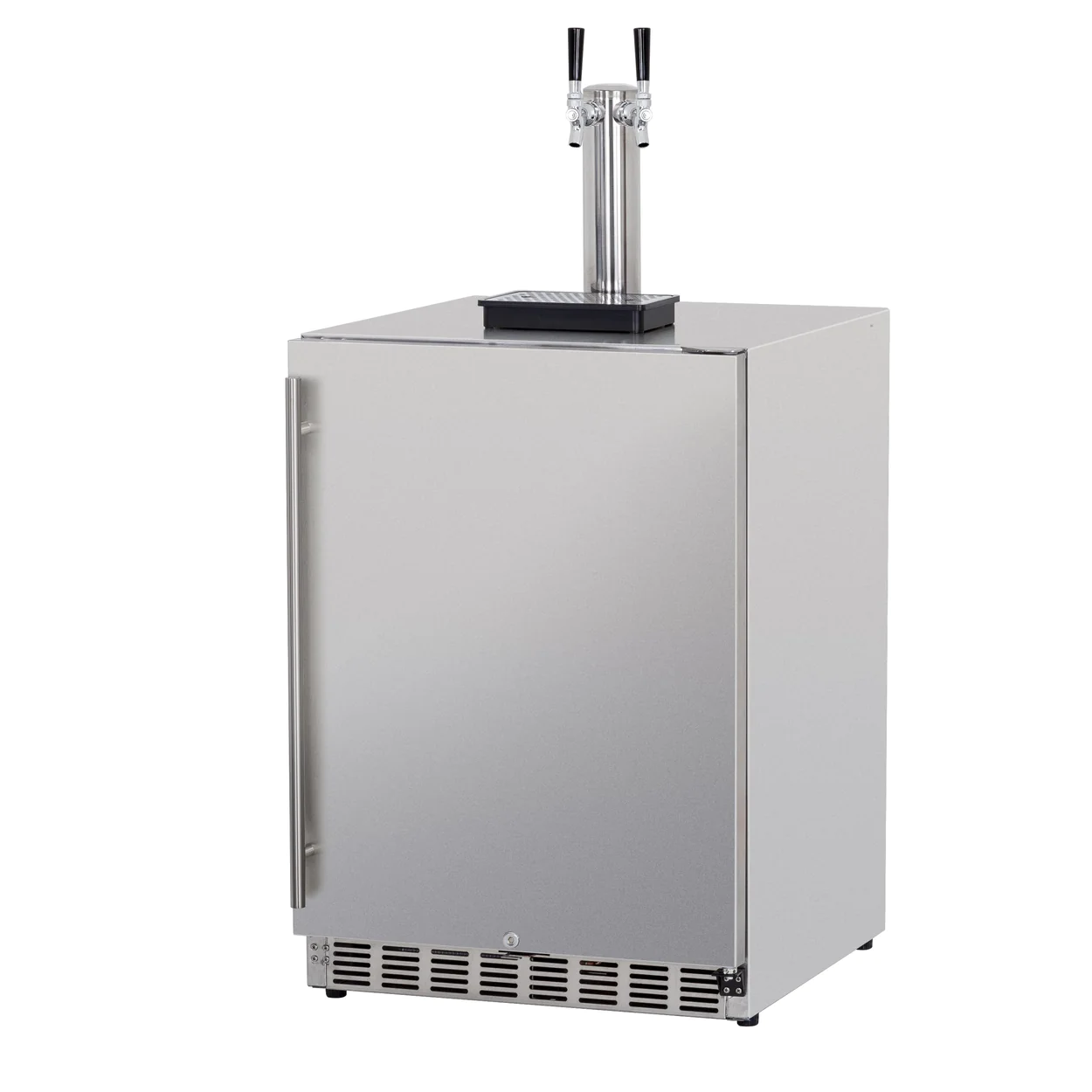
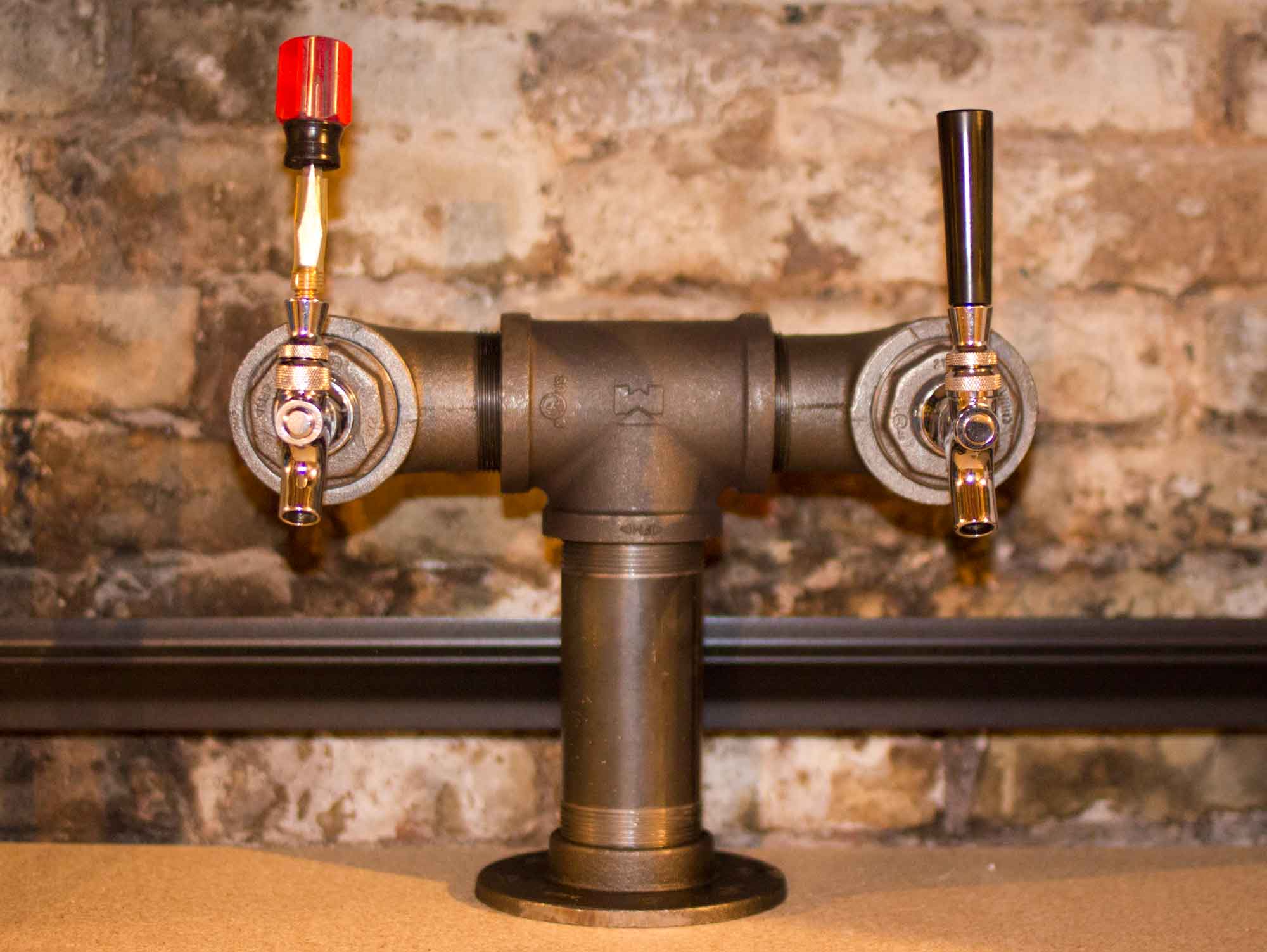
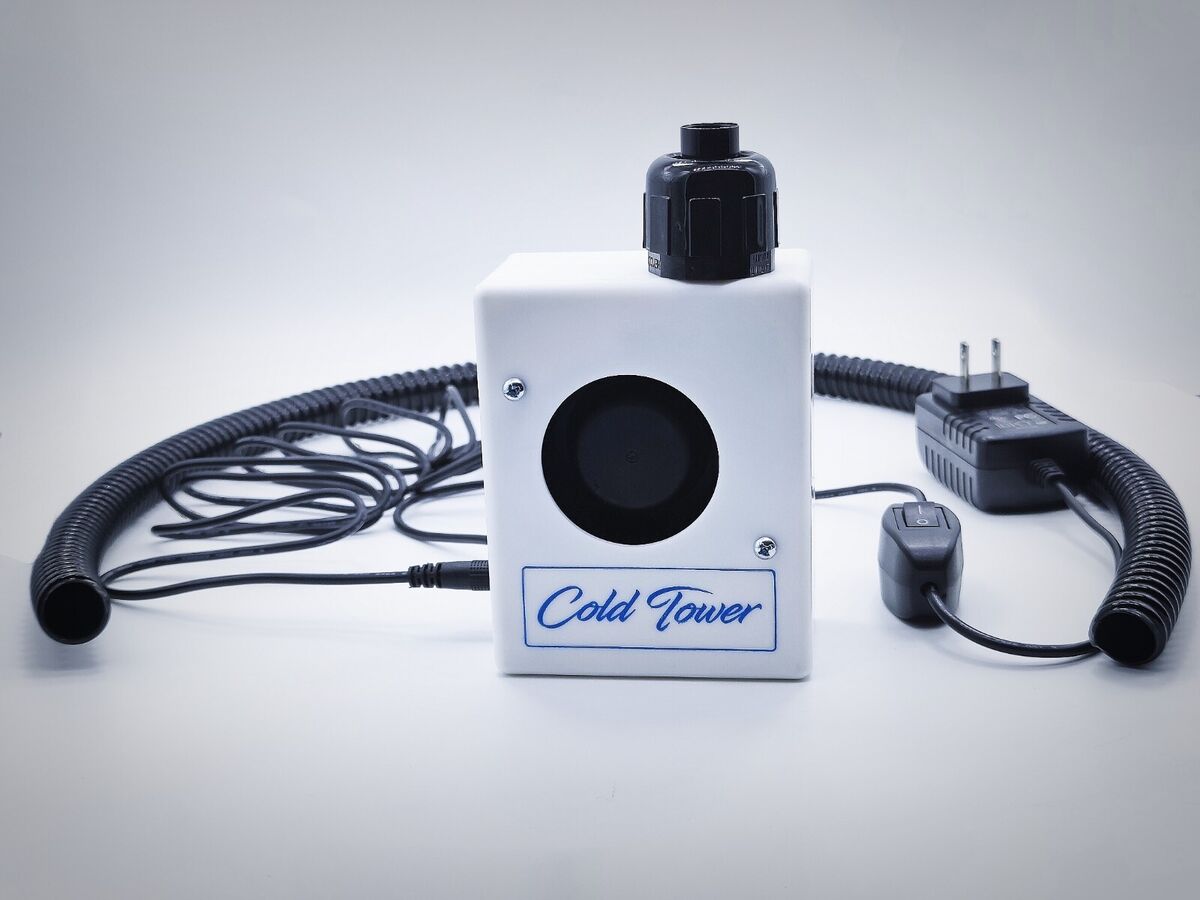
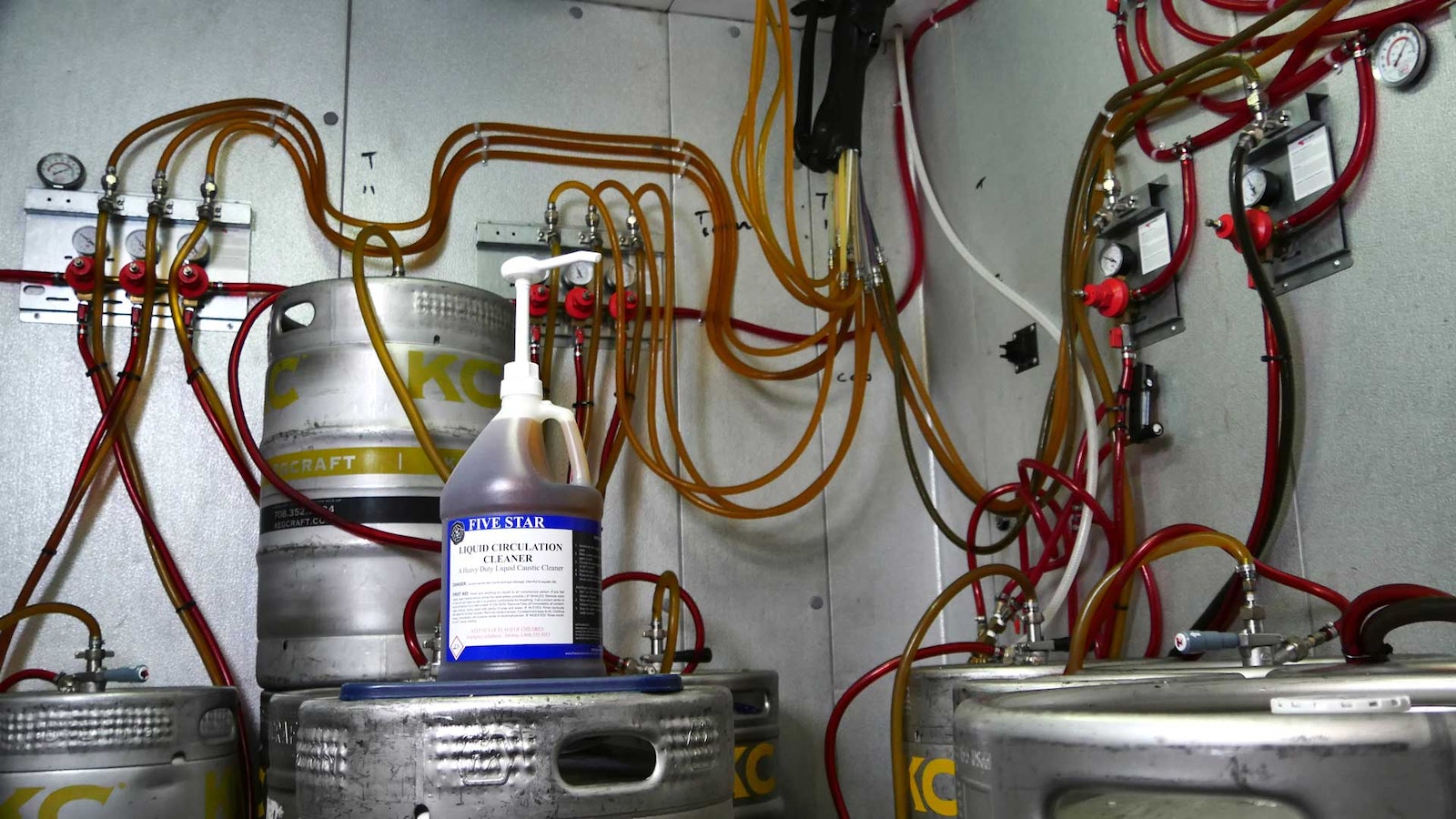
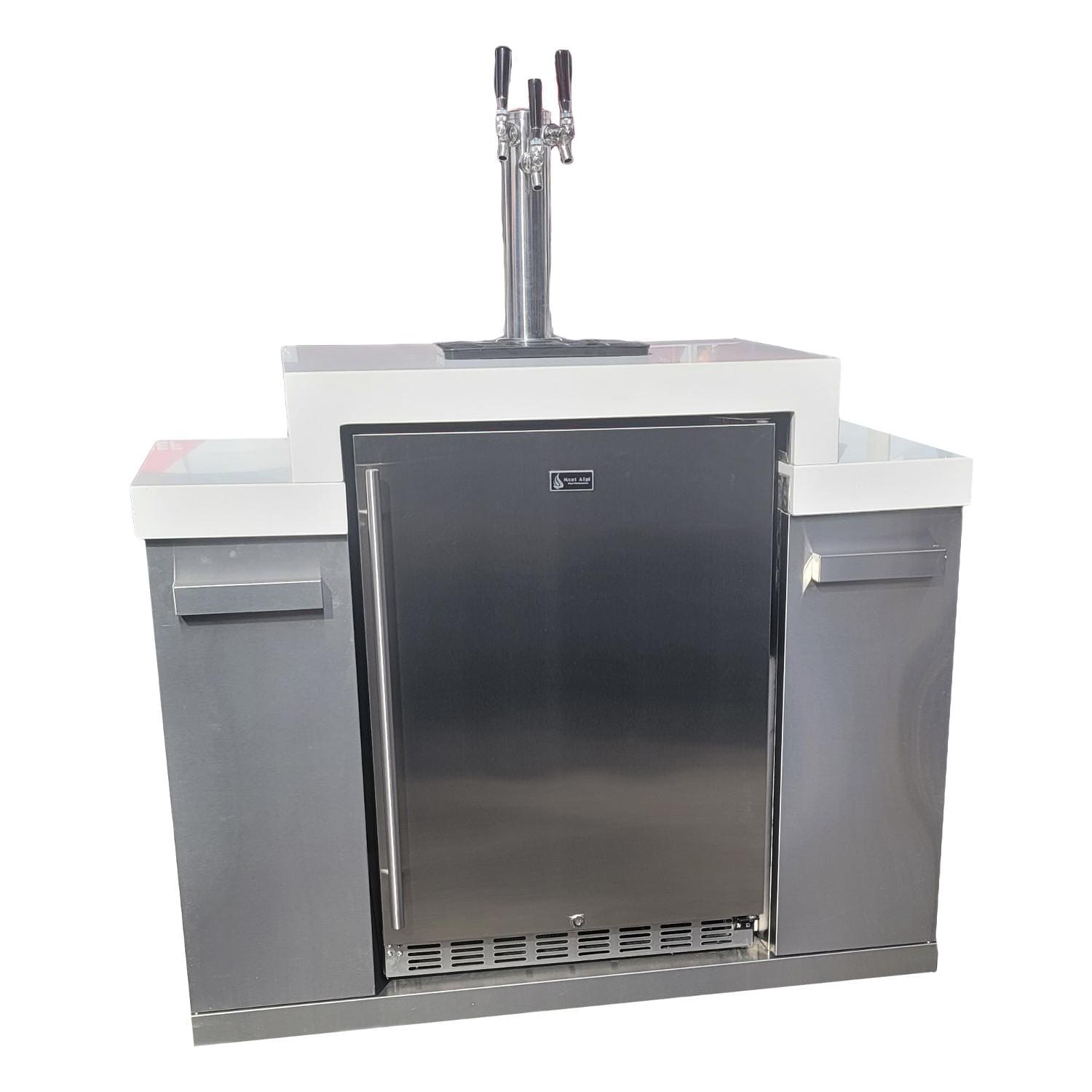
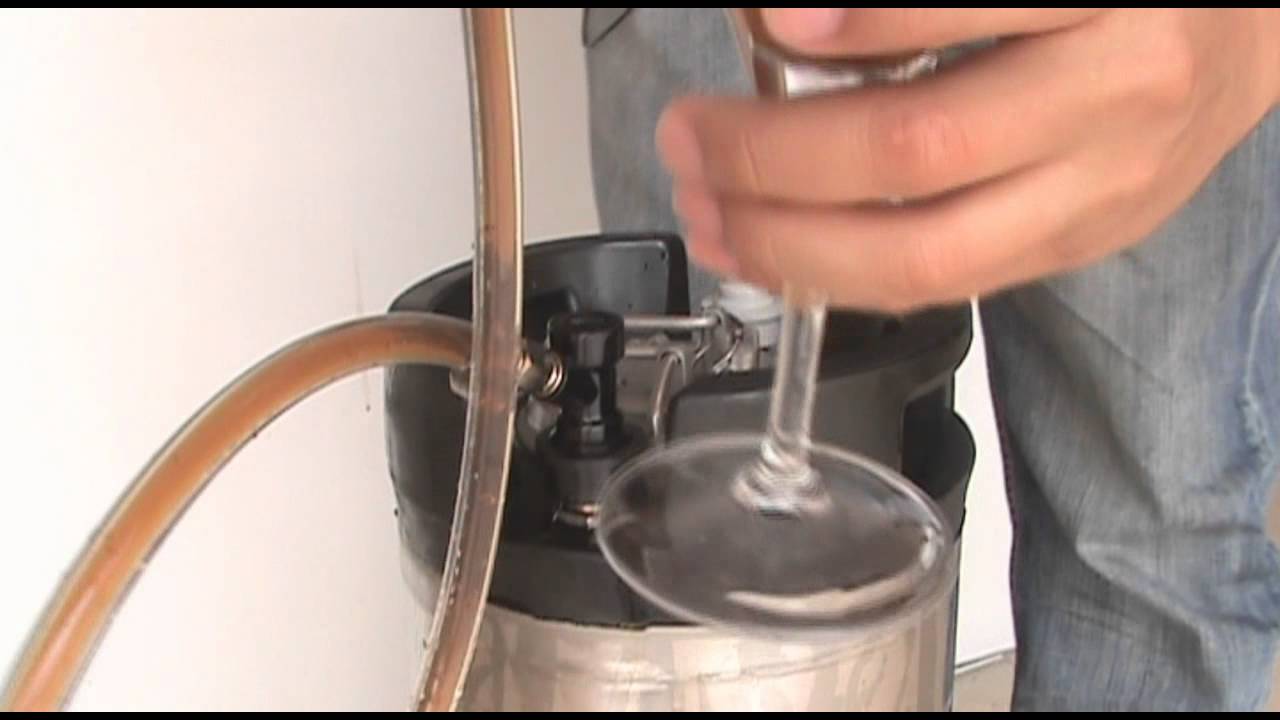

0 thoughts on “How To Store Beer”